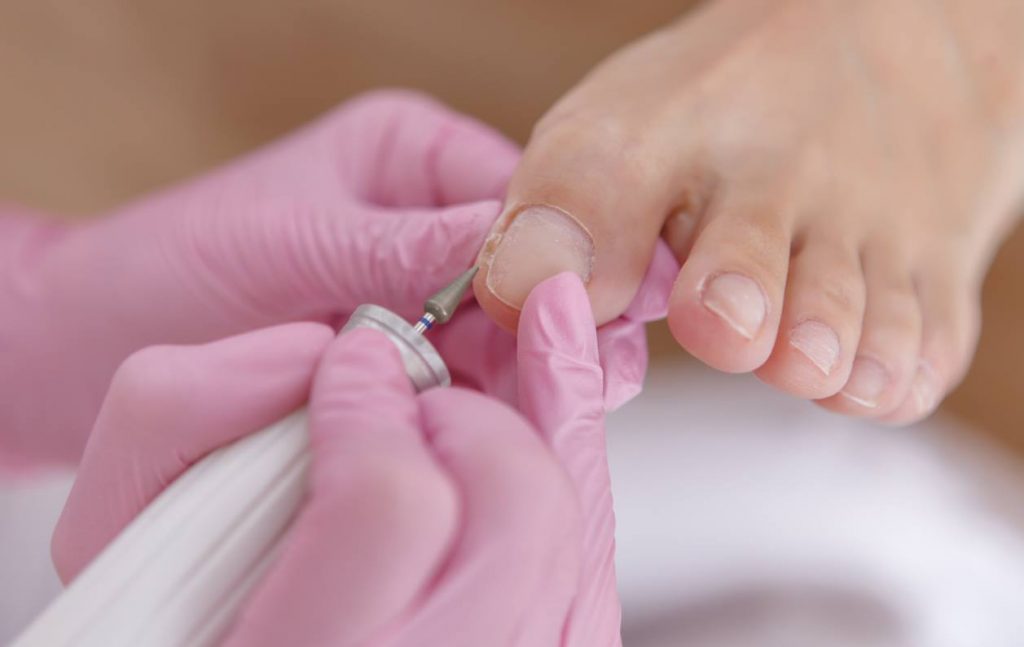
Ingrown toenails are a condition that commonly affects the big toe, causing the side or corner of the nail to grow into the soft skin of the toe. This leads to inflamed, painful, and swollen skin that can sometimes get infected.
This issue often occurs when people round or taper the corners of their big nails while cutting them. The toenail will likely grow into your skin if it curves with your toe’s shape. Ingrown toenails usually don’t pose a serious risk to healthy people, but it is an unpleasant condition that requires treatment.
As people grow older, their nails get thicker, and they become more vulnerable to ingrown toenails. People with diabetes and circulation issues are more likely to experience infections related to ingrown toenails.
These are the most common causes that lead to ingrown toenails:
Other factors that put you at greater risk of developing an ingrown nail include:
Contrary to popular belief, the simple answer is no: an ingrown toenail cannot heal by itself. The piece of nail that has dug into your skin is unlikely to go away on its own, especially when the toenail is tightly attached to the top of your toe and unprepared to bulge anytime soon. However, if you notice an ingrown toenail early enough, you could probably treat it at home.
If you experience severe symptoms or signs of infection due to an ingrown toenail, trying to cut it on your own may be unsafe and make things worse. When home remedies fail to alleviate your symptoms, make sure to consult your healthcare provider.
If you are struggling with an ingrown toenail, you can try the following treatments at home to relieve pain and promote healing.
Soaking the affected toe can ease the pain and help reduce swelling. You can use warm, soapy water to wash your feet for around 20 minutes at a time.
Some experts recommend placing waxed dental floss or a small piece of cotton in the affected area to support healthy nail growth.
Apple cider vinegar is a common folk remedy believed to have pain-relieving, antiseptic, and anti-inflammatory properties. Soaking your toe in ¼ cup apple cider vinegar combined with a basin of warm water 20 minutes daily can help with ingrown toenails.
You can accelerate healing and avoid infection related to an ingrown toenail by using an over-the-counter antiseptic cream or ointment, such as Polysporin, Neosporin, or Bactroban. Apply the ointment to the affected area three times a day while following the manufacturer’s instructions.
Tight-fitting footwear is one of the leading causes of ingrown toenails. In order to prevent this condition or heal an ingrown toenail, reduce the pressure on your toenails as much as possible by wearing sandals instead of shoes.
If home remedies don’t improve your ingrown toenail, you may need to undergo a partial or complete removal of the nail with a local anesthetic.
Ingrown toenails are an unpleasant and painful condition, but it is usually easy to treat them at home. They usually cause no permanent damage, but those with underlying health conditions (such as diabetes) should consult a doctor to prevent possible complications.